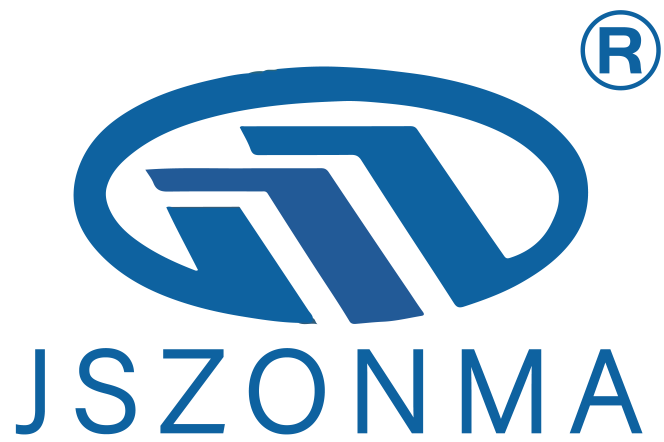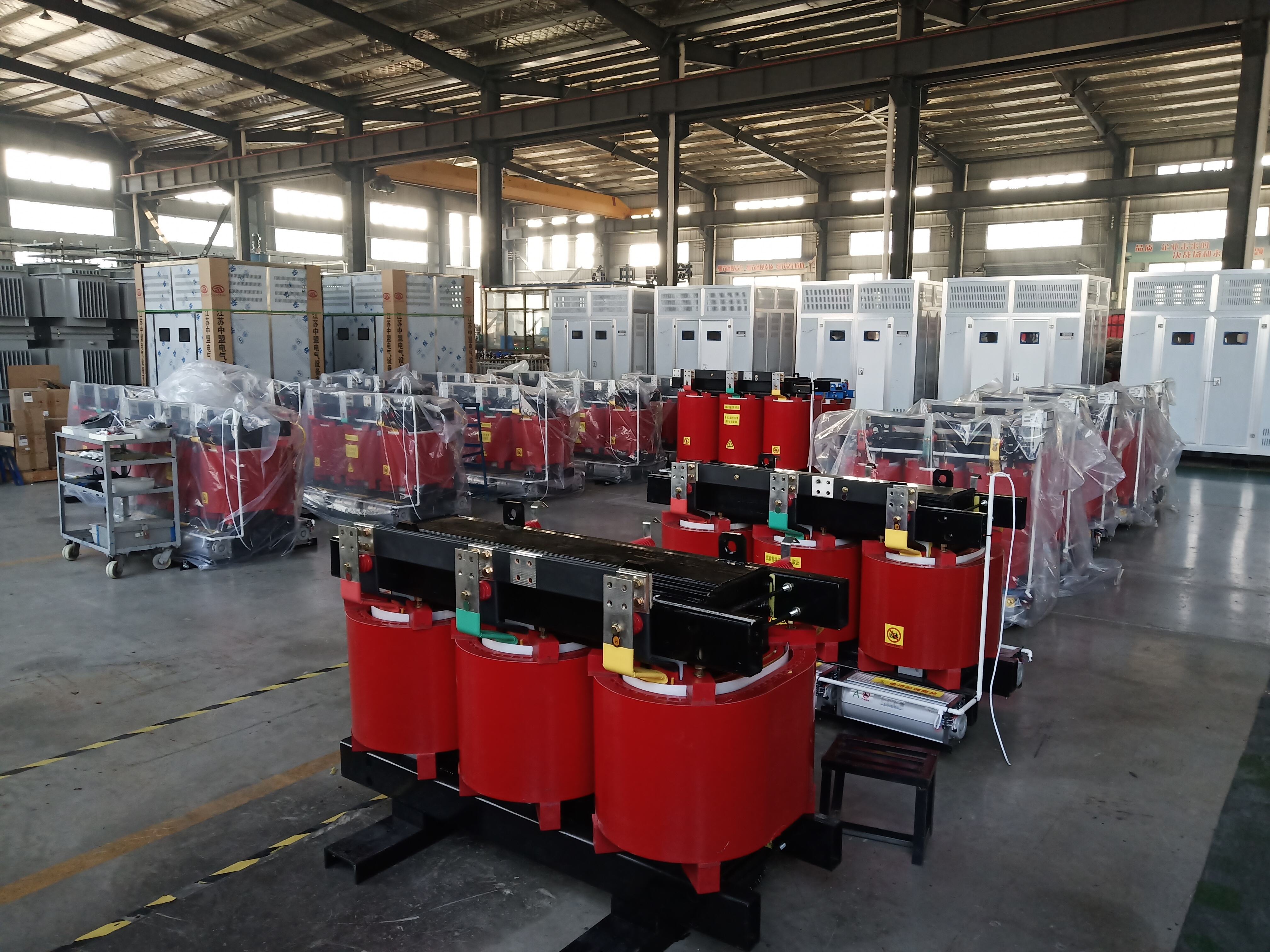How Do Dry-Type Transformers Enhance Safety in Electrical Installations
Electrical safety is a critical consideration in industrial, commercial, and residential installations. Faulty equipment, overheating, and combustible materials can lead to serious hazards, including fires and electrical shocks. Dry-type transformers have emerged as a safer alternative to traditional oil-filled transformers, providing reliable voltage conversion while minimizing risks. Understanding how dry-type transformers enhance safety, their applications, benefits, and installation considerations is essential for engineers, electricians, and facility managers.
Understanding Dry-Type Transformers
Dry-type transformers are electrical devices that transfer voltage between circuits without the use of liquid insulation. Unlike oil-filled transformers, which rely on mineral oil for cooling and insulation, dry-type transformers use air and solid insulation materials such as cast resin or epoxy-coated windings. This design inherently reduces fire hazards and environmental risks.
They are available in various sizes and capacities, suitable for small-scale applications such as commercial buildings or large-scale industrial plants. The construction is typically enclosed in ventilated housings to allow heat dissipation, ensuring efficient operation and long service life.
The Importance of Safety in Electrical Installations
Electrical installations must adhere to safety standards to protect personnel, equipment, and property. Transformers are central components in these systems because they regulate voltage levels, enabling the safe transmission and distribution of electricity. A malfunctioning transformer can lead to overheating, short circuits, or fires.
In environments such as hospitals, schools, industrial plants, and high-rise buildings, the risk of fire and electrical accidents is particularly concerning. Dry-type transformers mitigate these risks by eliminating combustible liquids, reducing maintenance hazards, and providing robust insulation.
Safety Features of Dry-Type Transformers
Non-Flammable Design
Dry-type transformers do not contain oil or other flammable liquids. This significantly reduces the risk of fire in case of electrical faults, overheating, or mechanical failure. The solid insulation and air-cooling system provide inherent fire resistance, making these transformers suitable for indoor installations.
Enhanced Insulation
The use of cast resin or epoxy-coated windings improves dielectric strength and reduces the risk of short circuits. Enhanced insulation protects both the equipment and the surrounding environment from electrical hazards.
Overheating Protection
Dry-type transformers are designed with efficient ventilation systems that allow natural or forced air circulation to dissipate heat. This reduces the risk of overheating, a common cause of fires in electrical installations.
Reduced Toxic Hazards
Since they do not contain oil, dry-type transformers eliminate the risk of oil leaks and associated environmental contamination. This makes them safer for indoor use and areas with strict environmental regulations.
Compliance with Safety Standards
Modern dry-type transformers are manufactured to meet international safety standards, including IEEE, IEC, and UL certifications. Compliance ensures that the transformers provide reliable performance while minimizing safety risks.
Applications of Dry-Type Transformers in Electrical Installations
Industrial Facilities
Industrial plants often require high-voltage equipment that can operate safely in harsh environments. Dry-type transformers offer safe voltage conversion without the fire hazards associated with oil-filled transformers, making them ideal for factories, warehouses, and manufacturing units.
Commercial Buildings
In office complexes, shopping malls, and high-rise buildings, safety is a top priority. Dry-type transformers provide reliable power distribution while reducing the risk of fire, electrical shock, or equipment damage. Their compact design also allows installation in confined spaces without compromising safety.
Healthcare Facilities
Hospitals and clinics require uninterrupted and safe power supply to support sensitive medical equipment. Dry-type transformers ensure reliable voltage conversion while reducing fire and contamination risks, making them suitable for critical environments.
Educational Institutions
Schools, universities, and training centers benefit from the safety features of dry-type transformers. The elimination of flammable liquids and reduced maintenance hazards creates a safer environment for students and staff.
Renewable Energy Installations
Solar farms, wind turbines, and energy storage systems rely on safe and efficient voltage conversion. Dry-type transformers enhance safety by eliminating oil-related fire risks and providing robust insulation for outdoor or indoor renewable energy applications.
Advantages of Dry-Type Transformers in Enhancing Safety
Fire Resistance
The absence of oil and the use of solid insulation materials make dry-type transformers inherently fire-resistant. This minimizes the risk of electrical fires and improves overall safety in installations.
Low Maintenance Hazards
Oil-filled transformers require periodic inspections for leaks and fire suppression systems. Dry-type transformers reduce these maintenance risks, lowering the potential for accidents during routine servicing.
Reduced Electrical Shock Risk
Enhanced insulation and enclosed designs reduce the likelihood of electrical shocks, protecting personnel who operate or maintain the equipment.
Environmental Safety
Without the risk of oil spills or contamination, dry-type transformers are safer for indoor installations, environmentally sensitive areas, and locations with strict environmental regulations.
Noise Reduction
Dry-type transformers typically operate more quietly than oil-filled alternatives. Reduced operational noise contributes indirectly to safety by creating a more comfortable and alert working environment.
Installation Considerations for Safety
Proper installation is crucial to maximize the safety benefits of dry-type transformers. Adequate clearance around the transformer ensures proper ventilation and heat dissipation. Placement should avoid exposure to excessive dust, moisture, or corrosive environments.
Electrical connections must comply with local codes and standards to prevent short circuits or electrical faults. Grounding and protective devices such as circuit breakers enhance safety and protect the transformer from overloads.
Design Features Supporting Safety
Cast Resin Windings
Cast resin windings provide superior insulation and are resistant to moisture and contaminants. This design reduces the risk of electrical failure and enhances safety.
Ventilation Systems
Efficient air-cooling systems prevent overheating by allowing natural or forced airflow. Proper ventilation minimizes fire hazards and ensures consistent transformer performance.
Robust Enclosures
Dry-type transformers often feature ventilated enclosures with corrosion-resistant coatings. These enclosures protect internal components from environmental hazards while providing additional safety barriers.
Modular Construction
Some dry-type transformers are designed with modular components, simplifying maintenance and reducing the risk of accidental contact with live parts. Modular designs also allow for safe replacement of damaged sections without extensive downtime.
Maintenance and Longevity
Routine maintenance ensures long-term safety and reliability. Inspecting for dust buildup, loose connections, and signs of wear helps prevent overheating and electrical faults. Temperature monitoring and periodic cleaning of ventilation pathways maintain optimal performance.
Dry-type transformers can last for decades when installed and maintained properly, providing long-term safety and reliability in electrical installations.
Economic Considerations
While dry-type transformers may have higher initial costs than some oil-filled models, their safety benefits, low maintenance requirements, and long lifespan provide cost savings over time. Reduced risk of fire, environmental compliance issues, and personnel hazards further justify the investment in dry-type transformers for safe electrical installations.
Future Trends
Advancements in materials, monitoring systems, and design are further enhancing the safety of dry-type transformers. Smart transformers with real-time temperature and load monitoring improve predictive maintenance and reduce the likelihood of failure. Eco-friendly materials, lighter designs, and improved insulation techniques continue to enhance safety while supporting energy efficiency and sustainability goals.
Conclusion
Dry-type transformers significantly enhance safety in electrical installations by eliminating flammable liquids, providing superior insulation, and minimizing maintenance hazards. Their fire-resistant design, environmental safety, and compliance with international standards make them suitable for industrial, commercial, healthcare, and renewable energy applications. Proper installation, regular maintenance, and adherence to safety protocols ensure reliable operation and long-term protection for personnel and property.
FAQ
What are dry-type transformers?
Dry-type transformers are electrical devices that transfer voltage between circuits using air and solid insulation, eliminating the need for flammable liquid insulation.
How do dry-type transformers enhance safety?
They reduce fire risks, minimize maintenance hazards, provide superior insulation, and comply with safety standards, making installations safer for personnel and property.
Where are dry-type transformers commonly used?
They are used in industrial plants, commercial buildings, hospitals, schools, renewable energy installations, and any location where safety is a priority.
Are dry-type transformers suitable for indoor installation?
Yes, their fire-resistant design and lack of oil make them ideal for indoor applications, including confined spaces and sensitive environments.
What maintenance is required for safety?
Regular inspections, dust removal, temperature monitoring, and checking for loose connections help maintain safe operation and extend transformer lifespan.
Table of Contents
- How Do Dry-Type Transformers Enhance Safety in Electrical Installations
- Understanding Dry-Type Transformers
- The Importance of Safety in Electrical Installations
- Safety Features of Dry-Type Transformers
- Applications of Dry-Type Transformers in Electrical Installations
- Advantages of Dry-Type Transformers in Enhancing Safety
- Installation Considerations for Safety
- Design Features Supporting Safety
- Maintenance and Longevity
- Economic Considerations
- Future Trends
- Conclusion
- FAQ

